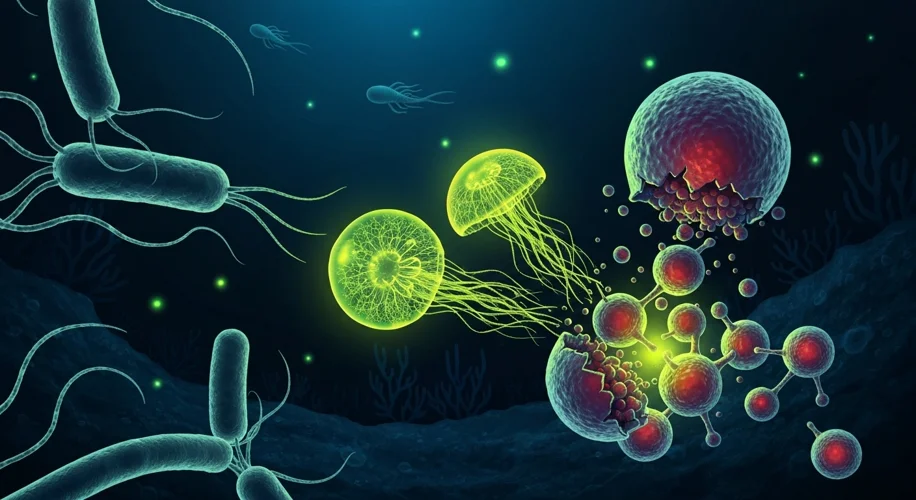It’s always fascinating to look back at the history of science and see how discoveries often come from unexpected places. Today, I want to share a recent scientific development that reminds me a bit of those early alchemists, not in their methods, but in their relentless pursuit of understanding and manipulating substances for a greater purpose.
We’re hearing about a remarkable finding: a sugar compound, produced by bacteria living in the deep sea, has shown the ability to prompt cancer cells to self-destruct. This isn’t magic, of course; it’s the result of careful, persistent research, much like the meticulous work I’ve done for decades with historical documents.
Scientists have identified a specific type of sugar molecule that seems to interact with cancer cells in a way that triggers apoptosis – essentially, programmed cell death. This is a natural process that healthy cells undergo, but cancer cells often evade it. Finding a way to re-engage this process in malignant cells is a significant step.
The deep sea, a realm we’ve only begun to truly explore, is proving to be a treasure trove of biological innovation. Life in extreme environments often develops unique adaptations, and it seems these bacteria have evolved a compound that can influence the behavior of other cells. Think about it: creatures thriving under immense pressure and in total darkness have developed biochemistry that we are only now beginning to understand.
This discovery didn’t happen overnight. It’s the culmination of understanding microbiology, biochemistry, and cell biology. Each step in this research builds on countless prior discoveries, tracing a lineage of scientific inquiry that stretches back centuries. From early investigations into fermentation to the complex genetic engineering of today, the journey of scientific progress is a long and iterative one.
What’s particularly intriguing is the source: bacteria. These single-celled organisms are the foundation of much of life on Earth, and their biochemical capabilities are incredibly diverse. The deep sea, with its challenging conditions, fosters unique microbial communities. Researchers collect samples, cultivate these organisms in laboratories, and then meticulously analyze the compounds they produce. It’s a process that requires immense patience and precise instrumentation.
This type of finding highlights the importance of basic scientific research. Sometimes, we don’t know the practical applications of a discovery until much later. The study of bacteria in extreme environments might seem niche, but as this sugar compound shows, it can yield insights with profound potential implications for human health. It’s a testament to the ingenuity of nature and the dedication of scientists who venture into the unknown.
While this is a promising development, it’s important to remember that it’s still early days. Further research and clinical trials will be necessary to determine its safety and effectiveness in humans. But the fact that a simple sugar, derived from a deep-sea microbe, could offer a new avenue in the fight against cancer is a truly remarkable story of scientific exploration. It’s a reminder that wonder and innovation can be found in the most unexpected corners of our planet.

